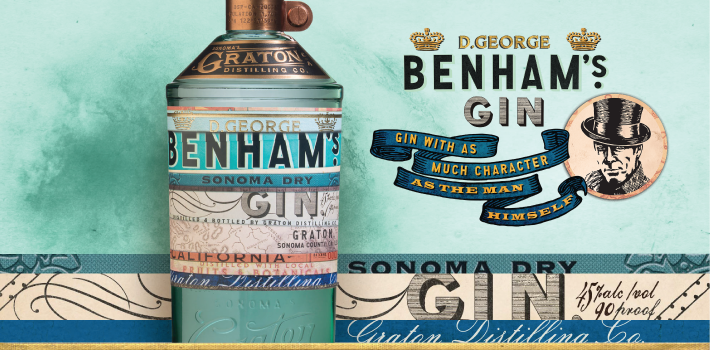GIN
The renowned alcoholic beverage originates from various regions globally and is available in numerous types. Its name comes from the French name of the juniper berry, “genievre.
Check your local Pinkie’s for Selection >
An alcoholic beverage delicately flavored with juniper berries and other botanicals. Gin was originally a medicinal liquor made by monks & alchemists across Europe.
GIN History / Production
The popularity of the product mainly in England in the seventeenth century was caused by prohibitive duties levied on French wines. As duty was levied on bulk, spirits, with their greater strength (proof) to bulk ratio, attracted less duty than wine. A Dutch physician is who first produced gin, named it “Genievre”. It is the French word for Juniper berry. The Dutch called it Genievre ( still do); the English shortened and Anglicized it to gin.
The gin of today may be made from any sugar or starch based vegetable, including sugarcane, grains and root vegetables such as potato and sugar beet. Modern gin still requires flavoring to offset rank flavors from these spirits. The main agent remains the juniper berry, and other herbs are now added to particular gin brands. Herbs and spices for gin are aloes, angelica, aniseed, arrowroot, camomile, caraway, cardamon, cassia, centaury, cinnamon, citrus peels, cloves, coriander, fennel, gentian, ginger, hyssop, liquorice, marjoram, mint, orris root, quinine, rosemary, sage, vanilla, and wormwood. These items are listed as “botanicals” and give gin its aromatic quality.
Like a vodka , gin begins as a neutral spirit. In the world today it is distilled primarily from grain. A vodka is distilled to be tasteless, whereas a gin is distilled and flavor added. A distiller may add the flavor (botanicals) by original distillation. The alcohol vapors pass from the still through a “gin head” charged with botanicals, and become impregnated with the aromatic flavoring oils of the botanicals. In another variation the distiller can put botanicals directly into the spirit to be redistilled. Gin flavor may also be derived by combining distilled spirits with essential oils or extracts of botanicals.
There are two distinctive types of gin. First is “dry gin”, the American and English version, a light, dry spirit with a delicate flavoring of juniper and other aromatics. The second type is “dutch gin” which is may be named “Hollands”, “Genever”, or “Schiedam”. They are very full flavored and full bodied with complex, malty aroma and taste. Dutch gin begins with a grain mash distilled in a pot still. It is then redistilled with juniper berries in another pot still at low proof to produce its full bodied character. Because of its pronounced taste, Dutch gin is consumed straight, it is not mixed with other ingredients in cocktails, as is the case with “dry gin”. Sloe Gin is not gin, it is a cordial deriving its flavor from the sloeberry. Old Tom Gin is gin that has been sweetened with simple syrup.




